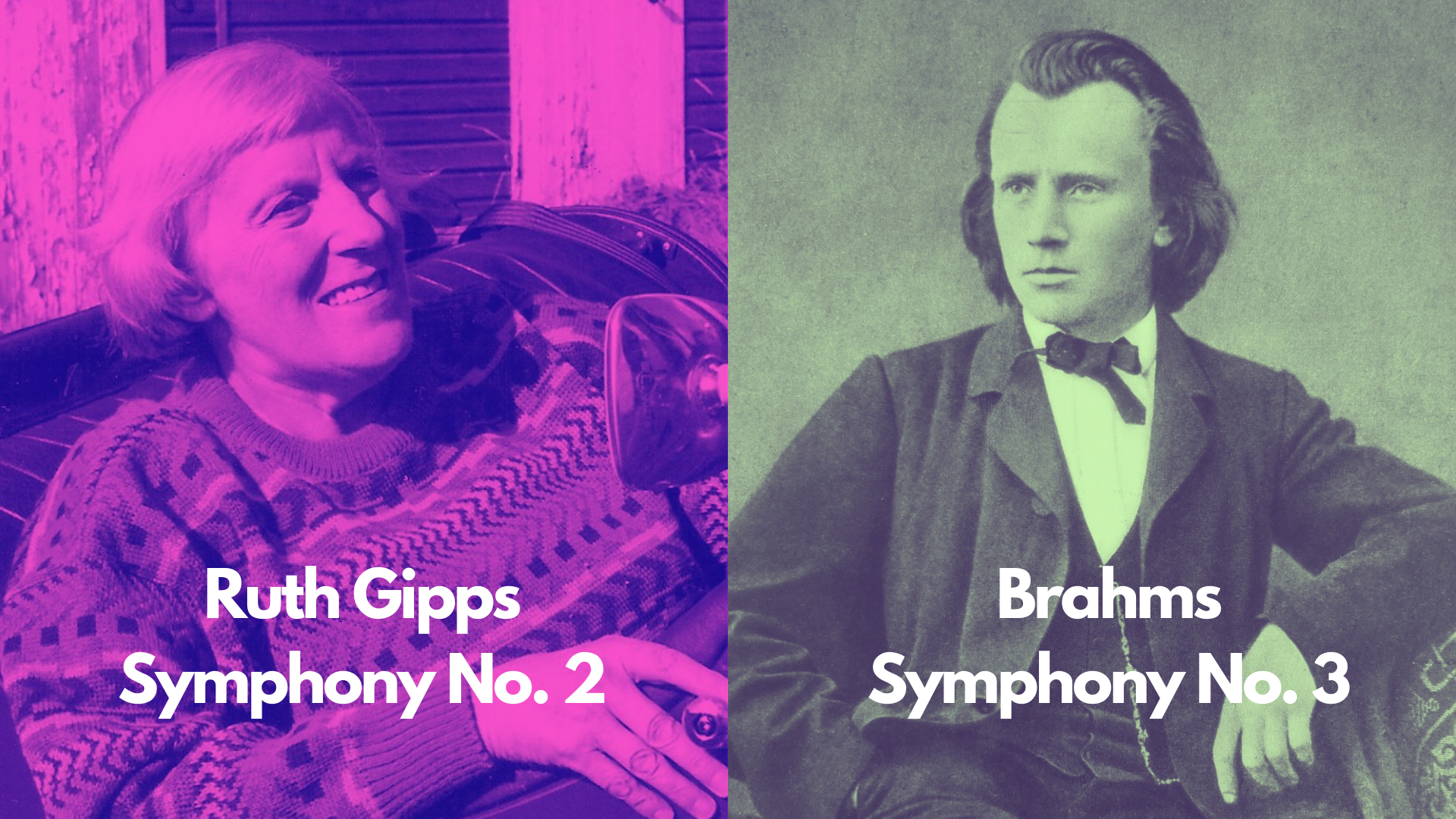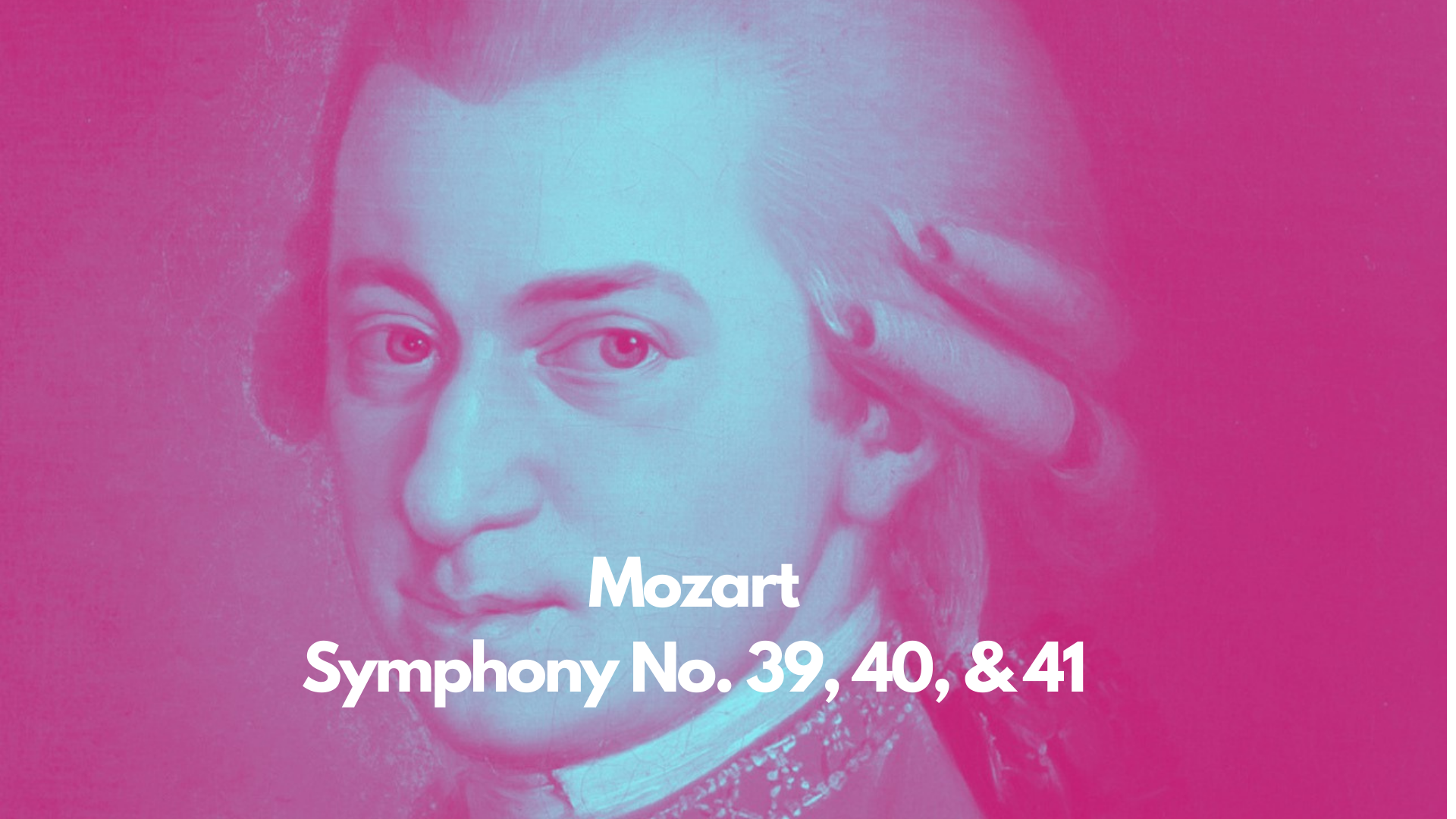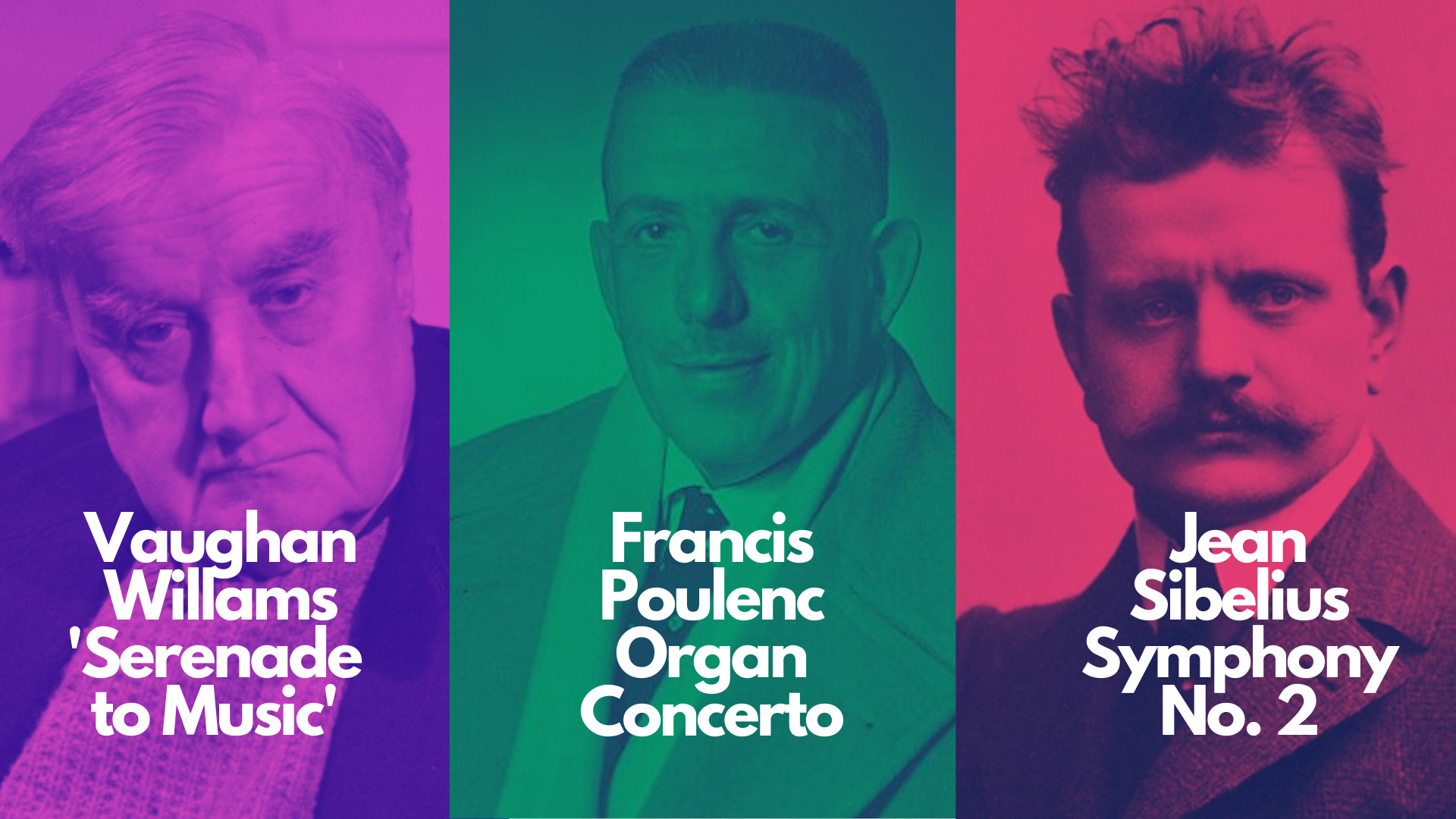Category: All You Need To Know
-

All you need to know about Ruth Gipps Symphony No. 2, and Brahms Symphony No. 3
Ruth Gipps ravishing second symphony has some gorgeous sequences for brass, and a touching mid-point slow movement that will make you wobbly.
-

All you need to know about Mozart’s Symphony No. 39, 40 and 41
Three remarkable symphonies written towards the end of Mozart’s life. Jaw-dropping invention. Rip-roaring entertainment.
-

All you need to know about the music in the First Night of the Proms 2021
Background bits and bobs on the music from the First Night of the Proms – Vaughan Williams’ Serenade to Music, Sibelius Symphony No.2, and Poulenc’s Organ Concerto.